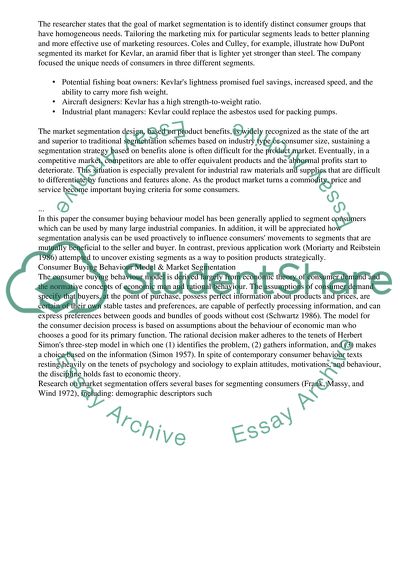Cite this document
(“Consumer Behaviour and Segmentation Essay Example | Topics and Well Written Essays - 2750 words”, n.d.)
Retrieved from https://studentshare.org/business/1508124-consumer-behaviour-and-segmentation
Retrieved from https://studentshare.org/business/1508124-consumer-behaviour-and-segmentation
(Consumer Behaviour and Segmentation Essay Example | Topics and Well Written Essays - 2750 Words)
https://studentshare.org/business/1508124-consumer-behaviour-and-segmentation.
https://studentshare.org/business/1508124-consumer-behaviour-and-segmentation.
“Consumer Behaviour and Segmentation Essay Example | Topics and Well Written Essays - 2750 Words”, n.d. https://studentshare.org/business/1508124-consumer-behaviour-and-segmentation.


